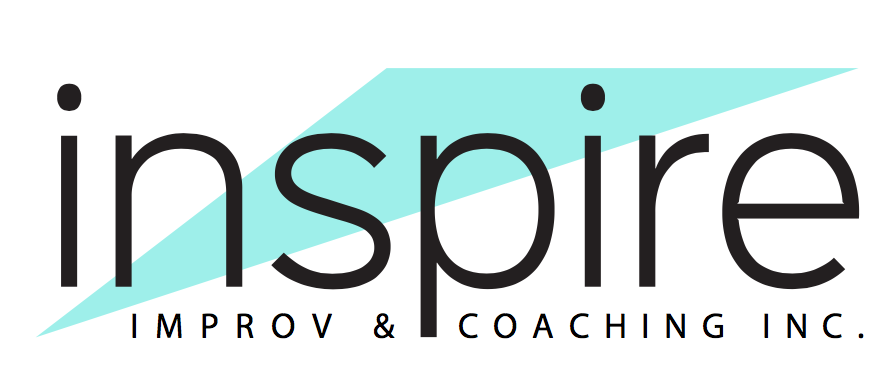What Bad Improv Teaches Us About High Performing Teams
There is a scene in “Schitt’s Creek,” where David and Patrick are discussing hosting an open mic night at their store. Patrick tells David about an open mic night he hosted in the past, with musicians, poets and the occasional improv troupe. The following unfolds:
Patrick: Worst case scenario, we get some people in the store.
David: No, worst case scenario, I watch improv.
Bad improv can be absolutely painful to watch. The entire audience feels uncomfortable, they cringe, they feel bad for those on stage. It is not a fun experience as an audience member. However, we can typically point to a few specific behaviors that are occurring within that not so “high performing” team that lead to such an experience.
1. They are ignoring the, “Yes, and” rule.
The “Yes, and” principle requires everyone to be ready to listen to, accept and build on the ideas of their teammates. This is what allows for a story or scene to be successful when there is no script. The tough thing about this, is that it only takes ONE person saying, “No” and shutting down the idea that has been put forth, or denying the reality that has been set in place, to cause the entire scene to become an awkward mess.
2. They are “steamrolling.”
The scene is going in one direction, but someone has an idea that they REALLY want to push through and does so, with no regard to where the team is at that particular moment.
3. No one is listening.
It is clear that the performers are thinking more about what they are going to say, vs. paying attention to what is going on in that moment.
4. Someone is trying to be the funniest person in the room.
There is no regard for the team as a whole, they are more focused on how they look.
Does any of this sound familiar? Have you experienced these behaviors with people who you work with? Has it maybe even been you once or twice? Have you ever said “No, and this is why that idea won’t work.” Or, steamrolled over someone else’s idea, so that yours could have center stage? Have you had a conversation where you were thinking more about what you were going to say vs. listening to the person in front of you? Have you focused more on what you needed to get done in order to “look good,” instead of looking for ways to use the strengths of those around you, in conjunction with your own strengths, so that everyone could look good and celebrate success?
Whether it is you or someone else, how does this impact the culture of your team? Is it uncomfortable, cringe-worthy, unproductive? How might it impact retention? Does it make you spring out of bed, excited to get the day started or not so much? In those moments, would you call it a high performing team ... or something else?
The reason that I love using improvisation as a virtual team building tool is that it helps us to notice these very natural, but defeating behaviors in ourselves and gives us a playground of new principles and tools to try something different.
I’ve also been to really amazing improv shows, where scenes seemed to flow effortlessly, I could tell that the actors were having a great time and I left thinking, “There is no way that was completely unscripted!” As you can imagine, the opposite was occurring:
Everyone abided by the “Yes, and” principle. They actively accepted one another’s ideas and worked together to create something out of nothing.
There was no steamrolling, even if someone had a fabulous idea, they were willing to put it to the side, in service to what the team needed at that moment.
Everyone was fully present and listening, which helped them to collaborate more effectively.
Egos were non-existent, it was clear that everyone’s goal was to set one another up for a laugh (or success), not to get the big laugh themselves. In improv, we refer to this as, “Making each other look good.”
As we dive into another year, I invite you to think about one of these behaviors, how can you flip it on it’s head to be a better teammate or leader and create your own high performing team?
If you’ve noticed some of these behaviors within yourself or your team, click here to schedule a conversation about how you can create a culture of empathy, creativity and trust starting with how your people communicate and connect, through the use of virtual improv for team building.
Happy New Year!

